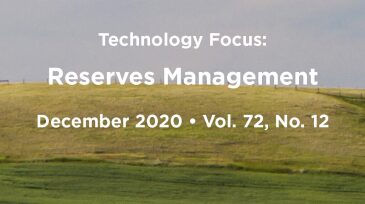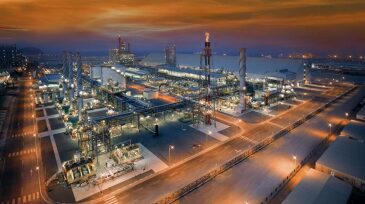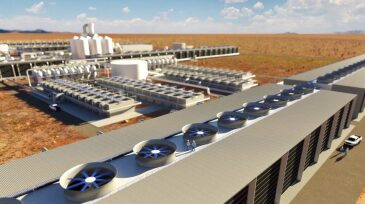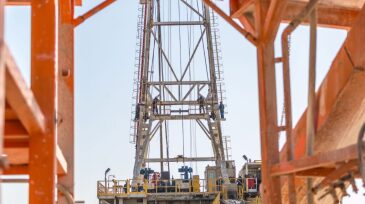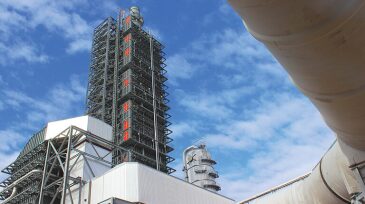Reservoir
Ranger acquires American Well Services for $90.5 million, adding 39 workover rigs and boosting its fleet by 25%.
Production from the Búzios field now tops 1 million B/D with six floating production systems in operation and more on the way.
Geophysicist Markos Sourial discusses advances in seismic imaging, the challenges of modern data processing, and what they mean for the next wave of subsurface professionals.
-
Even without the black swan event of COVID-19, the industry must critically examine the technical, commercial, and operational bases of the projects it proposes and executes. A logical, reasonable, ethical, and philosophical approach is critical to underpin good decision making and value creation.
-
In the complete paper, a philosophy for the future of EOR projects is developed through a series of questions that applies to the industry’s transition from completion of conventional EOR toward unconventional EOR.
-
The UK offshore Lancaster field was to prove that complex basement formations could be profitably developed. Instead, it is a reminder of how a long-term production test can drastically alter a reservoir model built upon years of exploration work.
-
The UAE produced 4 million B/D this year and is looking to these newly discovered resources to reach 5 million B/D by 2030.
-
To reach their targets for carbon neutrality, many oil and gas producers are investing in other energy industries. This US company will instead get there by investing more in its oil fields.
-
The first delivery of shale gas in the UAE marks a major milestone toward its goal of reaching 1 Bcf/D by 2030. It also signals the expansion of hydraulic fracturing in the UAE’s conventional fields.
-
Saudi Aramco’s papers on new well technology offer glimpses at the challenges of developing its unconventional gas resources.
-
The challenge is immense, but the promise is, too. If the oil and gas business can scale up CO2 EOR, then it can play a very big role in mitigating climate change while offering carbon-negative fuels.
-
Engineers thrive on making more from less, and this month’s paper selections highlight efforts to improve the efficiency of gas-production operations throughout the world.
-
Advances during the past decade in using convolutional neural networks for visual recognition of discriminately different objects means that now object recognition can be achieved to a significant extent.




